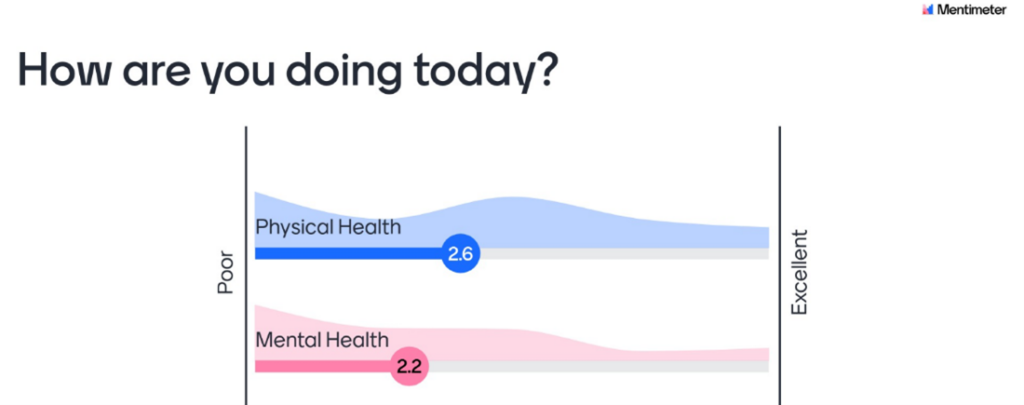Key points:
Digital equity gives each student what they need to develop digital skills
How school leaders can foster a culturally responsive framework
DEI in action: eSN Innovation Roundtable
For more news on digital equity, visit eSN’s Educational Leadership hub
Digital equity in schools is centered around the idea that all children should have access to the digital components necessary to support learning and to help them build skills for success beyond high school.
Part of digital equity in schools is access to high-speed internet and reliable technology devices, but another component includes giving all students the opportunity to use those devices and that access to build digital literacy.
Let’s look at where digital equity stands in districts today:
What are the principles of digital equity?
Chief among digital equity is the idea of inclusive learning. Inclusive classrooms are classrooms where students with diverse abilities and backgrounds learn together in a mainstream classroom setting. To maintain an inclusive learning environment and work for equity in education, it is critical that educators have effective strategies to ensure that all students, regardless of their abilities, are given the opportunity to thrive academically. Inclusive classrooms mean maximizing equity and access to learning–here’s how to accomplish such a critical step.
What is an example of digital equity in schools?
In examining examples of equity issues in education, one clear-cut example is the homework gap. While the homework gap has existed for some time, the massive virtual learning spurred by the COVID-19 pandemic shed a bright light on the challenge of ensuring all students, no matter their geographic location or socioeconomic status, have access to the right learning devices and to reliable, high-speed internet access. The pandemic spread awareness about the challenging in eliminating the homework gap–here’s what schools can do to connect students.
How access to technology can create equity in schools
The latest iteration of the U.S. Department of Education’s National Educational Technology Plan (NETP) addresses technology equity in the classroom and takes aim at several obstacles limiting edtech’s ability to transform teaching and learning. While past NETPs have largely served as surveys of the state of the field, the 2024 NETP frames three key divides limiting the transformational potential of educational technology to support teaching and learning.
What is an example of equity?
When it comes to digital equity, U.S. schools are well-positioned to help families get online with low-cost, high-speed internet options through the federal government’s Affordable Connectivity Program (ACP), according to a new study from Discovery Education and Comcast. Internet connectivity is only one of many digital equity examples in schools. The study also found that educators lack centralized resources and direct support necessary to successfully overcome barriers to the digital divide.
What are the barriers to digital equity?
As many experts will point out, DEI initiatives are prone to fail when they aren’t getting at the crux of the issue—existing systemic processes and challenges that prevent promising solutions and DEI-focused policies from being successful. During an eSchool News Innovation Roundtable with a focus on DEI, moderated by eSchool News Content Director Kevin Hogan, district leaders delved into the critical but complicated topic of DEI in school districts, including barriers to digital equity in education.
Digital equity in schools is centered around the idea that all children should have access to the digital components necessary to support learning and to help them build skills for success beyond high school. DEIA (Diversity, Equity, Inclusion & Access), Educational Leadership, Featured on eSchool News, classroom, classrooms, digital, Education, educational technology, educators, learning, schools, teaching, Technology eSchool News







